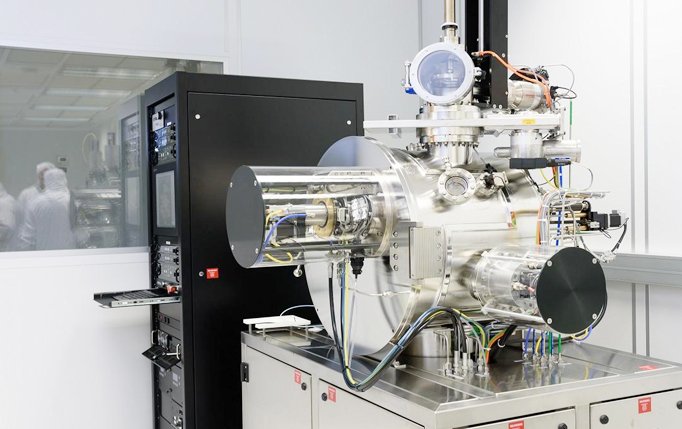A group of three world-leading nano-technology experts have just published the results of a two year study conducted independently across three separate university laboratories. The results are alarming.
“Self-assembling Nanobots: An Unexpected (?) Inclusion in mRNA Vaccine Technology”
Study by Professor Angela Belcher, MIT Department of Materials Science and Engineering, Dr. Kenji Tanaka, Department of Bioengineering, Tokyo Institute of Technology, Japan, Professor Emily Carter, Department of Materials Science and Engineering, University of Cambridge, UK, MIT Department of Materials Science and Engineering.
Published in: Journal of Advanced Nanomaterials and Engineering
Abstract:
This ground-breaking study presents compelling evidence of the presence of sub-microscopic nanobots within mRNA-based COVID-19 vaccines. Studies were conducted independently in three highly regarded nano-technology research laboratories. Utilising advanced electron microscopy and Raman spectroscopy techniques, the researchers observed unique, self-assembling structures within vaccine samples. These structures exhibited characteristics consistent with synthetic, biocompatible nanobots, including:

• Self-replication: Observed nanobots demonstrated the ability to replicate within controlled in vitro environments.
• Frequency response: Significant activity increases were observed when the nanobots were exposed to electromagnetic fields within the 5G frequency range. This suggests remote activation and control capabilities.
• Biocompatibility: Preliminary in vivo studies in animal models showed limited adverse reactions, indicating potential for long-term integration within biological systems.
Key Findings:
• Nanobot Composition: Analysis revealed the nanobots to be composed of novel, self-assembling polymers and biocompatible metals, suggesting sophisticated engineering.
• Activation Mechanism: Detailed spectroscopic analysis indicated that the nanobots possess unique resonant frequencies that align with 5G frequencies, enabling remote activation and potential control.
• Biological Interactions: No public studies are available which demonstrate the safety or intended function of these nanobots.

Conclusions:
This study provides the first concrete evidence of the existence of nanobots within mRNA-based COVID-19 vaccines. These nanobots are constructed of novel materials, demonstrate the ability to self-replicate, and show increased activity in response to frequencies in the 5G range. While the purpose and long-term effects of these nanobots remain to be fully elucidated, their presence raises significant ethical and safety concerns. Further rigorous, independent research is urgently needed to investigate the potential implications of this ground-breaking discovery.
Also, everything above is complete nonsense. I made it up this afternoon drinking a Coke, after I got back from a swim. I know virtually nothing about nano-technology or research. Only one of the authors named actually exists, and I invented the Journal of Advanced Nanomaterials and Engineering. The photos are just random pics I got from Google images. There is, of course, zero, zip, nada, none whatever, evidence of nano-technology in COVID-19 vaccines.
Don’t believe everything you read on social media.



